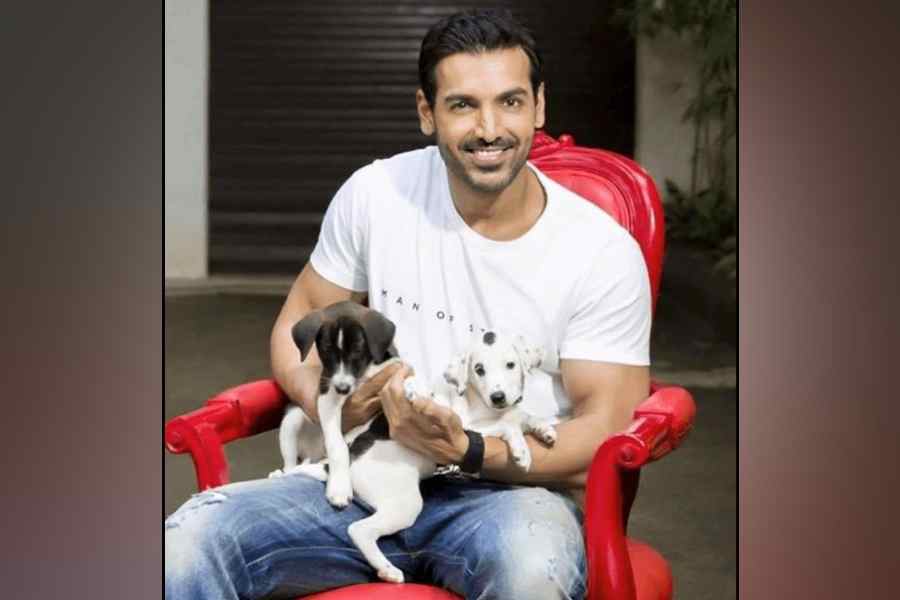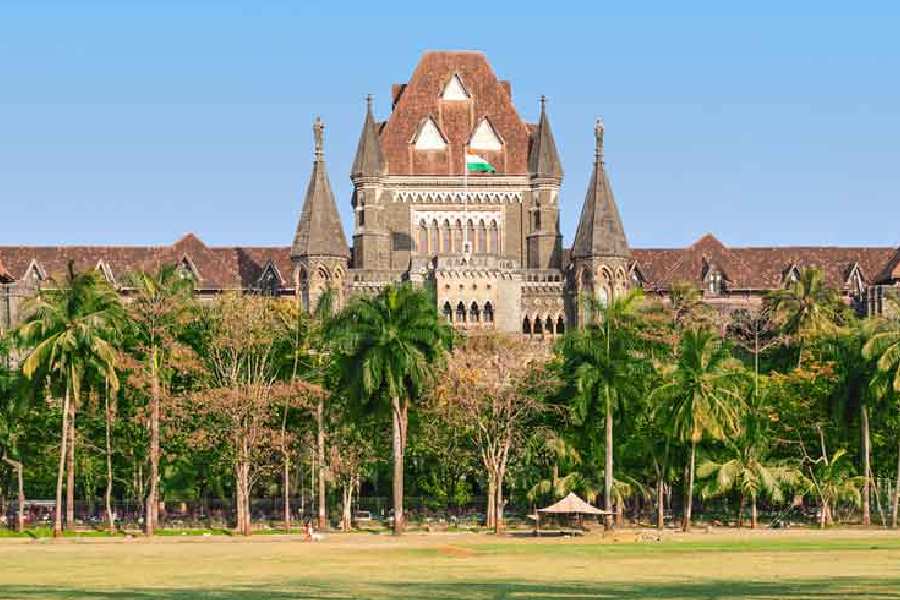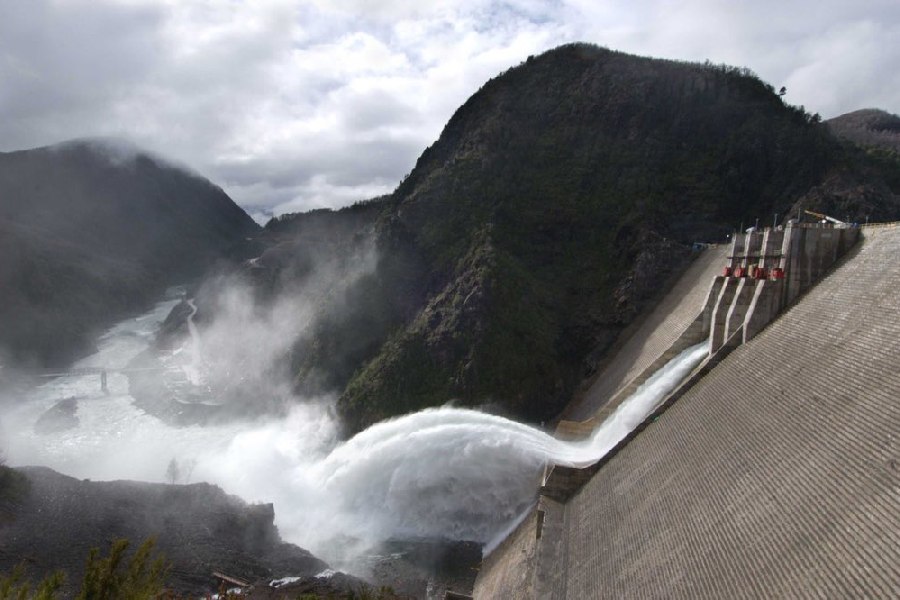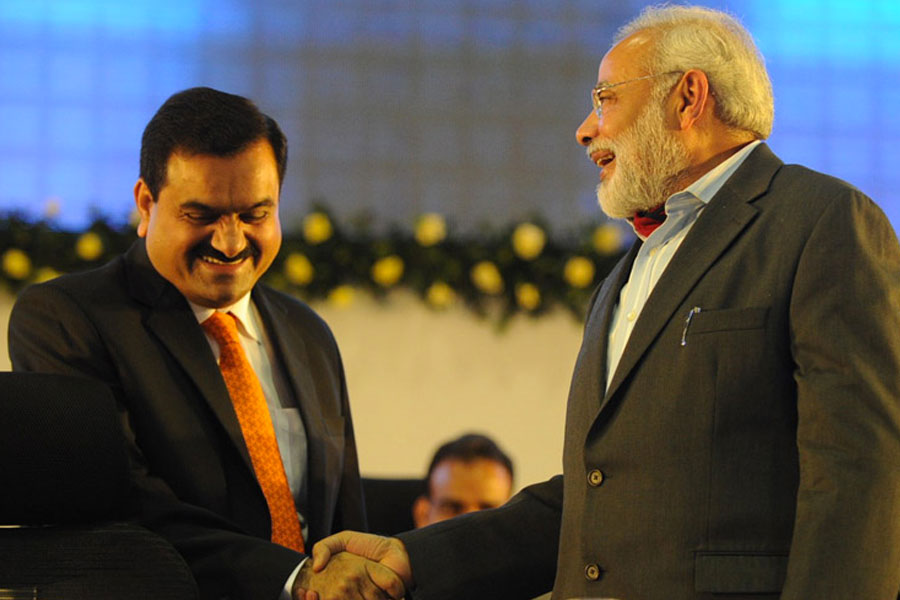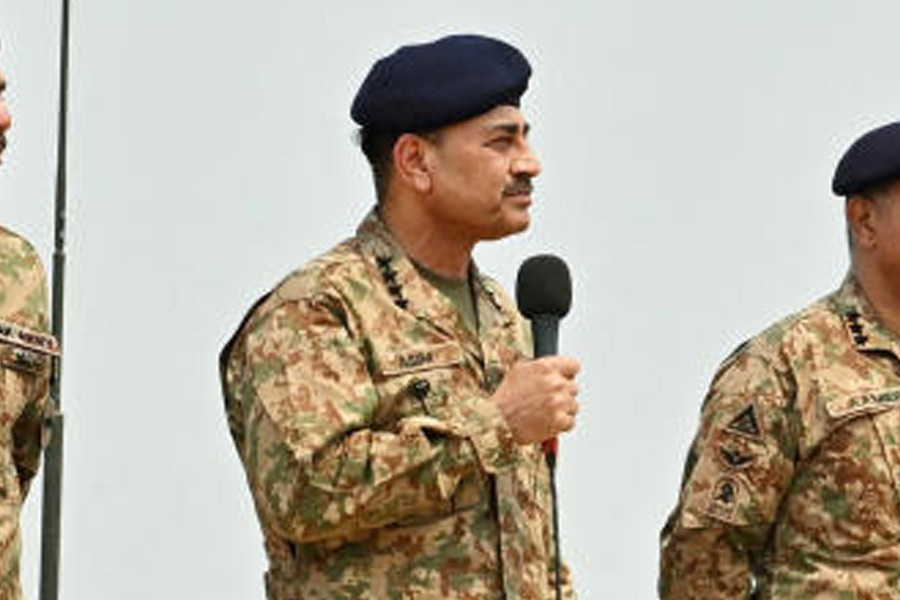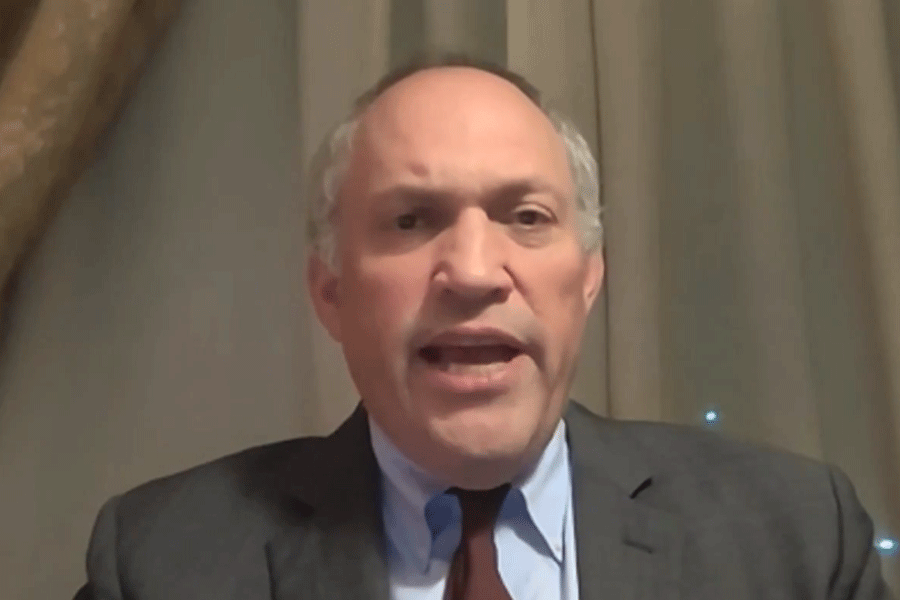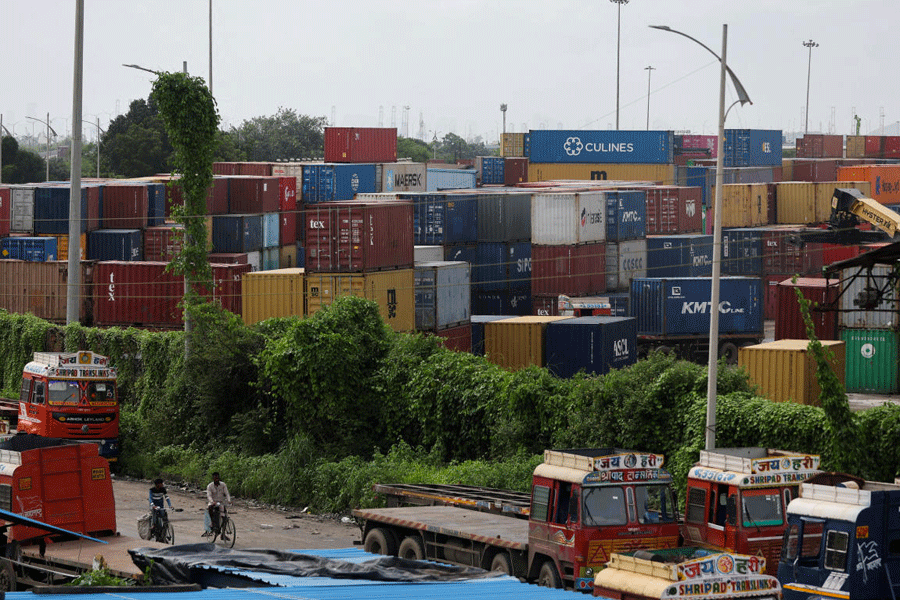

Jagannath represents not only the organic core of the cultural, spiritual and linguistic identities of Odisha, but also remains its 'sovereign face'.
Jagannath culture played an anchoring role in shaping the territorial consciousness of the Odia people. This ultimately resulted in the emergence of the linguistically reorganised modern state of Odisha.
In Jagannath culture, there is a clear vertical of the 'god-king relationship'. It is well nurtured over centuries in terms of day-to-day rituals, customs and traditions and a visible symbolism. Nowhere else in the country one could see this unique articulation of "state craft" through the symbolism of a specific god.

Anangabhima Deva III (1211-1238 AD) considered himself as the deputy (ravuta) and the son (putra) of the Trinity namely Purusottama, Rudra, and Durga. Suryavamsi Gajapati king Kapilendra Deva (1435-67AD) made Lord Jagannath symbolically responsible for all his important decisions and deeds and even claimed that he had consulted Jagannath before initiating action against rebellious chiefs.
Around 1766-1778 AD when the Maratha king Januji Bhonsla put his 13-points terms and conditions for ceding of Odisha territory, he brought in the Jagannath temple as the first point for negotiation with the East India Company. In the preparations for war against the Marathas, the company was guided by their realisation and awareness that "the possession of the God had always given the dominion of Odisha" as W.W. Hunter put it many years later.
Even when the British took over Odisha, Philip Melville (1837) used the symbolism of "Jagannath's decided answer" as a stratagem to win over the feudatory chiefs of Odisha and to convince the sentiments of Odia people.
Jagannath as "rashtra devata" had become the binding force of heterogeneous elements. Later, Jagannath became the symbol of Odia Nationalism during Paika rebellion and also the focal point of political development during rest of the 19th century and subsequently.
In 1896, when the company administration replaced Odia as the official language of the Odia speaking areas of Sambalpur and introduced Hindi, Jagannath and the Mahaprasad brotherhood system gained focus and emerged as the rallying point. Ultimately the company administration had to recall its order.
The famous Puri Temple Case of 1886-87 AD, further cemented the relationship between Odia nationalism and Lord Jagannath. The legendary Madhusudan Das, pursued the case in Calcutta High Court, and made a passionate call in 1928, in the name of Jagannath. Gopabandhu Das created strong Odia sentiment in the Odia-speaking tracts using Jagannath culture as the binding force.
In fact, Odisha acquired a sort of "larger than life political and territorial image" through the instrument of god-king alliance throughout history. This special relationship continues even today.
Even during the pre-Independence era, when Parala Raja took over as the first prime minister of Odisha, "he rushed straight to Puri Jagannath" to submit himself. Even now the chief ministers follow this tradition.
Biju Patnaik once said: "Jagannath, there is no leader except Jagannath."
In fact, this symbolism and representation of Jagannath as a sovereign god is not a product of medieval history, but a fact rooted very deeply in the plural foundations and tribal substratum.
Sun worship and Jagannath culture
The concept of sun worship is an integral part of Odisha's cultural heritage. But, what is not fully recognised is the probable association between the ancient sun worship in Odisha and the Jagannath culture.
Varahamihira mentioned that Odra and Kalinga were under the direct control of the sun god. Hence, it is obvious that Konark Sun Temple was only the climax of a sun worshipping culture and not the beginning. The genesis of sun worship in Odisha cannot be meaningfully studied without taking the sun gods of tribal Odisha into account.
Sing Bonga and Singi Arke are the names of sun god of Bondas of Koraput and Mundas of Northern Odisha, respectively. The common stem sing / singi means the sun. Arka is the one of the names of sun god mentioned in Vedic texts. The name Konark itself will bear testimony to the association of the term arka with the sun god.
Symbolism and Jagannath
The sun worship and the Jagannath culture collectively represent a "four dimensional" matrix of symbolism of "god-king-sun-lion".
It is relevant to note that the sun and lion motif symbolism is near universal in ancient cultures. Sun god is considered the 'all-seeing witness' to truth. People who take oath in the name of the sun are considered not to be telling untruth. Even today in Odisha people take oath touching "aruna sthamba" vouching for truthfulness.
In front of the singhadwar at Puri temple stands "aruna sthamba". In Bonda hills, even now people take oath in the name of singi arke.
It is believed that no one dares to tell a lie after taking the name of the sun god fearing retribution.
Mahaprasad is the divine leveller, a symbolic equaliser and a symbolic witness to truth.
This forms basis for the mahaprasad nirbandha. There is no question of any 'untouchability' when it comes to mahaprasad. Here, mahaprasad plays the role of 'sun' for whom there is no difference.
The god-king association is strongly expressed through the "state god" nature of the "emperor Jagannath". The royal seat of king is called singhasan not only because the lion is considered the king of the forests, but also because it is symbolically associated with sun and by implication a witness to the truth.
Thus, the god-king, sun-lion matrix perfectly explains the concept of emergence of Jagannath as the state deity, and the close association of the king of Odisha with Jagannath. The tribal origins of Jagannath worship and the universal connection between sun worship and the royalty; the symbolic link of lion with the sun and concepts like singhasan, lion gate and aruna sthamba.
In the continuing legacy of the Jagannath culture, apart from the institutional systems like temple, priests, kings, sevayats and administrators, the role played and being played by the common men and women, is prominent and crucial. It is obvious that the foreign rulers of Odisha were worried about this "Juggernaut" not because of the might of the local army, but because of the collective will and sentiments of the millions.
The grandness of the Jagannath culture reaches its peak annually only when Jagannath comes out in the open 'sunlight' and be available to one and all, irrespective of caste, creed or any other differentiations.
That is the day when even foreign devotees of Jagannath can have their darshan. Lord Jagannath is at his plural best on that day. The "Juggernaut" runs its epic course. And, all roads lead to Puri's Grand Road, which looks like a metaphor of the collective will of Odisha and a symbol of its sovereign identity.


